Home>Furniture & Design>Bathroom Accessories>How Do You Make A Loofah
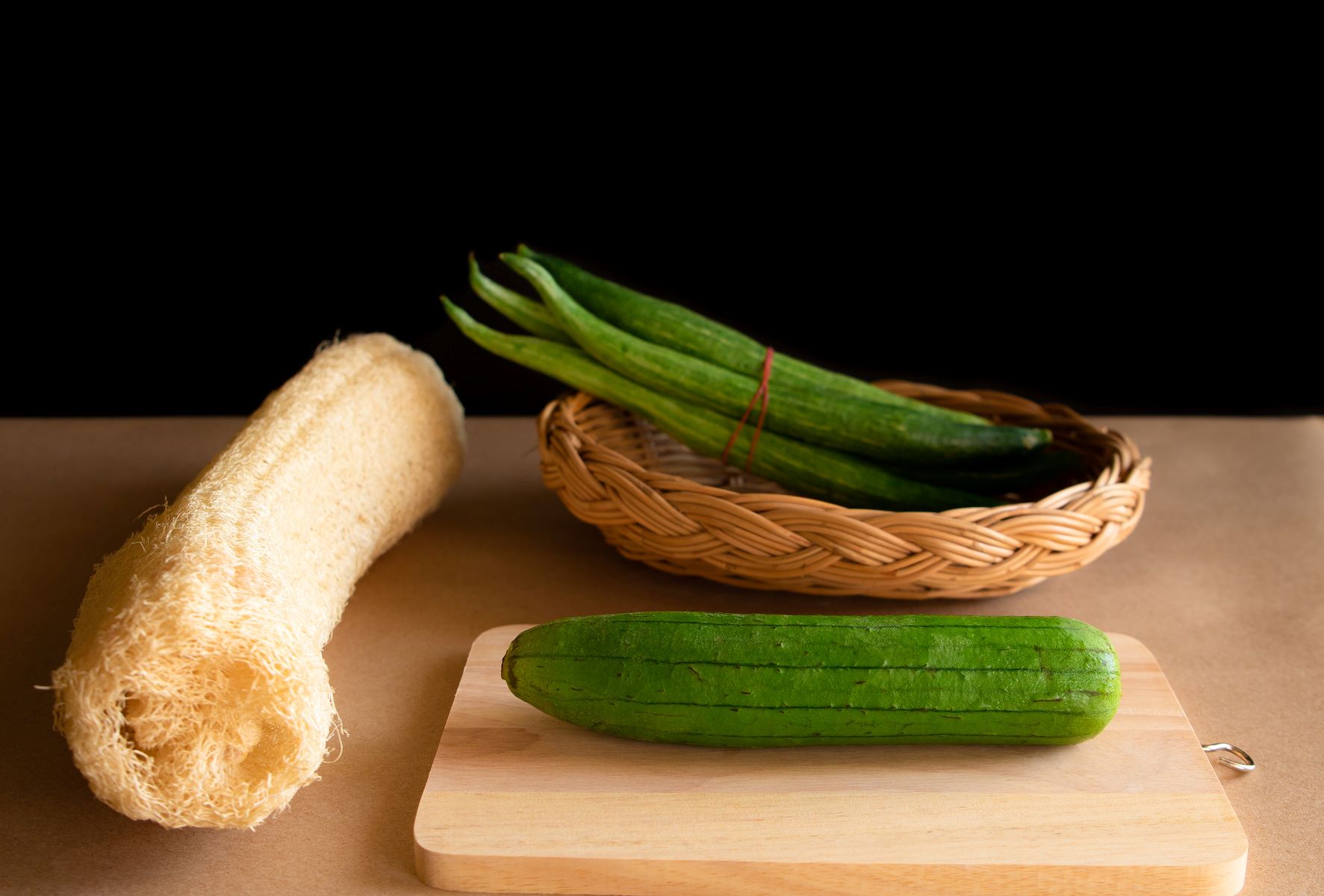

Bathroom Accessories
How Do You Make A Loofah
Modified: March 19, 2024
Learn how to make a loofah and add a personal touch to your bathroom accessories. Discover easy DIY tips and tricks for creating your own loofah.
(Many of the links in this article redirect to a specific reviewed product. Your purchase of these products through affiliate links helps to generate commission for Storables.com, at no extra cost. Learn more)
Introduction
Welcome to the fascinating world of loofahs! Have you ever wondered how those delightful, exfoliating sponges are made? In this article, we will delve into the intriguing process of creating loofahs, from growing the plant to transforming it into a beloved bathroom accessory.
Join us on a journey through the lush fields where loofahs thrive, and discover the meticulous steps involved in harvesting and preparing these natural wonders. We will then explore the art of crafting loofahs, unveiling the techniques that bring these humble gourds to life as the beloved scrubbing companions we all know and love.
So, grab a seat and prepare to be captivated by the enchanting tale of how a simple plant transforms into a beloved bathroom essential. Let's embark on this adventure and uncover the secrets of making a loofah!
Key Takeaways:
- Loofahs are natural exfoliating tools made from the fibrous interior of the luffa gourd. They promote healthy skin, are eco-friendly, and can be used for household cleaning tasks.
- The journey of making a loofah involves growing, harvesting, and crafting these beloved bathroom accessories. It celebrates nature’s resilience, human creativity, and the enduring appeal of a simple yet indispensable accessory.
Read more: How Do You Cook Loofah
What is a Loofah?
A loofah, also known as a luffa or sponge gourd, is a natural exfoliating tool that has been used for centuries to cleanse and invigorate the skin. Contrary to popular belief, a loofah is not a sea sponge but rather the fibrous interior of the mature luffa gourd, a member of the cucumber family. When the gourd is harvested and processed, it reveals a network of interconnected fibers that form the familiar porous structure of a loofah.
The unique texture of the loofah makes it an ideal tool for gently scrubbing away dead skin cells, promoting circulation, and leaving the skin feeling refreshed and rejuvenated. Its natural exfoliating properties make it a popular choice for enhancing the effectiveness of body washes and soaps, resulting in a luxurious bathing experience.
In addition to its exfoliating benefits, the loofah is also valued for its eco-friendly nature. Unlike synthetic bath sponges, loofahs are biodegradable and can be composted after they have reached the end of their lifespan, making them a sustainable choice for environmentally conscious individuals.
The versatility of the loofah extends beyond skincare, as it can also be used for household cleaning tasks. Its gentle yet effective scrubbing action makes it suitable for tackling various surfaces, from dishes and countertops to bathroom tiles.
Overall, the loofah is a natural, sustainable, and multi-functional accessory that has stood the test of time. Its unique properties and diverse applications have solidified its status as a beloved bathroom essential, cherished for its ability to promote healthy skin and contribute to a greener planet.
Growing Loofahs
The process of growing loofahs begins with selecting the ideal location and preparing the soil. Loofah plants thrive in warm, sunny climates and require well-drained soil with a pH level between 6.0 and 7.5. Once the soil is ready, loofah seeds can be sown directly into the ground or started indoors and transplanted once the risk of frost has passed.
As the loofah plants mature, they develop large, vibrant leaves and delicate yellow flowers that give way to elongated gourds. These gourds grow on vigorous vines, often reaching lengths of 6 to 10 feet. It's essential to provide sturdy support for the vines, such as trellises or fences, to ensure that the developing gourds remain off the ground and maintain their characteristic shape.
Throughout the growing season, loofah plants require regular watering to support healthy growth. Adequate moisture is particularly crucial during the flowering and fruiting stages. Additionally, applying a balanced fertilizer can help optimize the plants' development and yield.
Patience is key when growing loofahs, as the gourds typically take 150 to 200 days to reach full maturity. During this time, attentive care and monitoring are essential to ensure that the plants are thriving and producing high-quality gourds. As the growing season progresses, the gourds gradually transform from green to a golden yellow hue, indicating that they are ready for harvest.
Overall, cultivating loofahs is a rewarding endeavor that allows individuals to witness the remarkable transformation of these unique plants. From the initial stages of sowing seeds to the flourishing vines laden with gourds, the process of growing loofahs is a testament to the beauty and resilience of nature.
To make a loofah, first grow a luffa plant. Once mature, harvest the fruit and peel off the skin. Remove the seeds and let the fibrous interior dry. Finally, cut it into desired sizes and use as a natural loofah.
Harvesting and Preparing Loofahs
Once the loofah gourds have reached full maturity and taken on a rich, golden hue, it's time to embark on the next phase of the journey: harvesting and preparing the loofahs for transformation into beloved bathroom accessories.
Harvesting loofahs is a delicate process that requires careful attention to ensure that the gourds are collected at the peak of their quality. Using sharp pruning shears or a knife, the mature gourds are carefully cut from the vines, taking care to leave a short length of stem attached. This stem serves as a convenient handle during the subsequent steps of processing the loofahs.
Once the gourds have been harvested, they undergo a series of steps to prepare them for their ultimate role as exfoliating sponges. The first task is to remove the outer skin, revealing the fibrous network within. This can be achieved by gently scrubbing the gourds under running water to loosen and remove the outer layer. As the skin is peeled away, the fibrous interior of the loofah is exposed, showcasing its intricate and resilient structure.
Following the removal of the outer skin, the loofahs are thoroughly rinsed and left to dry in a well-ventilated area. This drying process is essential to ensure that the loofahs achieve the ideal texture and consistency for use. As they dry, the loofahs undergo a natural transformation, becoming lighter in weight and developing the familiar porous texture that makes them such effective exfoliating tools.
Once the loofahs have dried completely, they are ready to be trimmed and shaped into the recognizable form that we associate with these beloved bathroom accessories. Using sharp scissors, the dried loofahs are carefully cut to the desired size, ensuring that each piece retains its characteristic texture and durability.
The journey from the lush fields where loofahs flourish to the pristine bathrooms where they are cherished is a testament to the remarkable versatility and resilience of these natural wonders. Through the meticulous process of harvesting and preparing loofahs, these humble gourds are transformed into the beloved exfoliating sponges that have earned a cherished place in our daily routines.
Making a Loofah
With the meticulously prepared loofahs at hand, the captivating process of crafting these beloved bathroom accessories begins. The transformation from raw gourds to exfoliating wonders involves a series of precise steps that highlight the artistry and dedication behind the creation of loofahs.
The first step in making a loofah involves soaking the prepared loofahs in warm water to soften them, allowing for easier manipulation and shaping. This crucial step sets the stage for the subsequent stages of the crafting process, ensuring that the loofahs are pliable and receptive to the shaping techniques that will bring out their full potential.
Once the loofahs have been sufficiently softened, they are ready to be shaped into the familiar form that we recognize as a loofah. Skilled artisans deftly mold and contour the loofahs, carefully shaping them into the desired size and thickness. This hands-on approach allows for the creation of loofahs that are tailored to meet the diverse needs and preferences of individuals, ensuring that each loofah is a unique and personalized creation.
Following the shaping process, the loofahs undergo a thorough cleaning to remove any remaining impurities and ensure that they are pristine and ready for use. This meticulous attention to detail guarantees that the crafted loofahs meet the highest standards of quality and hygiene, reflecting the commitment to excellence that defines the art of making loofahs.
Once the cleaning process is complete, the loofahs are left to dry, allowing them to regain their characteristic texture and resilience. As they dry, the loofahs undergo a natural transformation, culminating in the creation of the porous, fibrous structure that makes them such effective exfoliating tools. This final stage of the crafting process showcases the remarkable versatility and adaptability of loofahs, as they evolve from pliable, water-soaked gourds to the beloved bathroom accessories that we have come to rely on for luxurious skincare routines.
The art of making a loofah is a testament to the dedication and skill of the artisans who bring these natural wonders to life. Through their expertise and unwavering commitment to quality, they ensure that each loofah embodies the timeless allure and rejuvenating properties that have made it a cherished companion in our daily self-care rituals.
Read more: How Do You Soften A Loofah
Conclusion
In conclusion, the journey of making a loofah is a captivating tale that intertwines the beauty of nature, the artistry of craftsmanship, and the timeless allure of a beloved bathroom essential. From the sun-kissed fields where loofah plants thrive to the meticulous process of harvesting, preparing, and crafting these natural wonders, every step reflects the dedication and ingenuity that underpins the creation of loofahs.
The journey begins with the cultivation of loofah plants, where the vibrant vines yield elongated gourds that hold the promise of becoming exquisite exfoliating sponges. The careful tending of these plants and the patient observation of their growth culminate in the golden-hued gourds that signal the readiness for harvest.
The harvesting and preparation of loofahs require a delicate touch and a keen eye for quality. Each mature gourd is carefully collected and undergoes a series of meticulous steps to reveal the fibrous network within. The removal of the outer skin and the subsequent drying process unveil the porous texture that defines a loofah, setting the stage for the transformative journey that lies ahead.
Crafting a loofah is a testament to the artistry and skill of the individuals who shape and mold these natural wonders into the familiar form that we cherish. The hands-on approach to shaping and cleaning the loofahs ensures that each piece meets the highest standards of quality, reflecting the unwavering commitment to excellence that defines the art of making loofahs.
As the crafted loofahs dry and undergo their final transformation, they emerge as the beloved bathroom accessories that have earned a cherished place in our daily routines. Their natural exfoliating properties and eco-friendly nature make them a timeless choice for enhancing skincare rituals and promoting sustainability.
The enchanting tale of making a loofah is a celebration of nature's resilience, human creativity, and the enduring appeal of a simple yet indispensable accessory. It is a testament to the harmonious relationship between the natural world and the ingenuity of human hands, resulting in a product that embodies the timeless allure of self-care and sustainability.
In the end, the journey of making a loofah is a testament to the beauty and versatility of nature, the dedication of skilled artisans, and the enduring appeal of a beloved bathroom essential. It is a journey that weaves together tradition, innovation, and the timeless allure of a simple yet indispensable accessory, inviting us to embrace the rejuvenating properties and sustainable charm of loofahs in our daily lives.
Frequently Asked Questions about How Do You Make A Loofah
Was this page helpful?
At Storables.com, we guarantee accurate and reliable information. Our content, validated by Expert Board Contributors, is crafted following stringent Editorial Policies. We're committed to providing you with well-researched, expert-backed insights for all your informational needs.
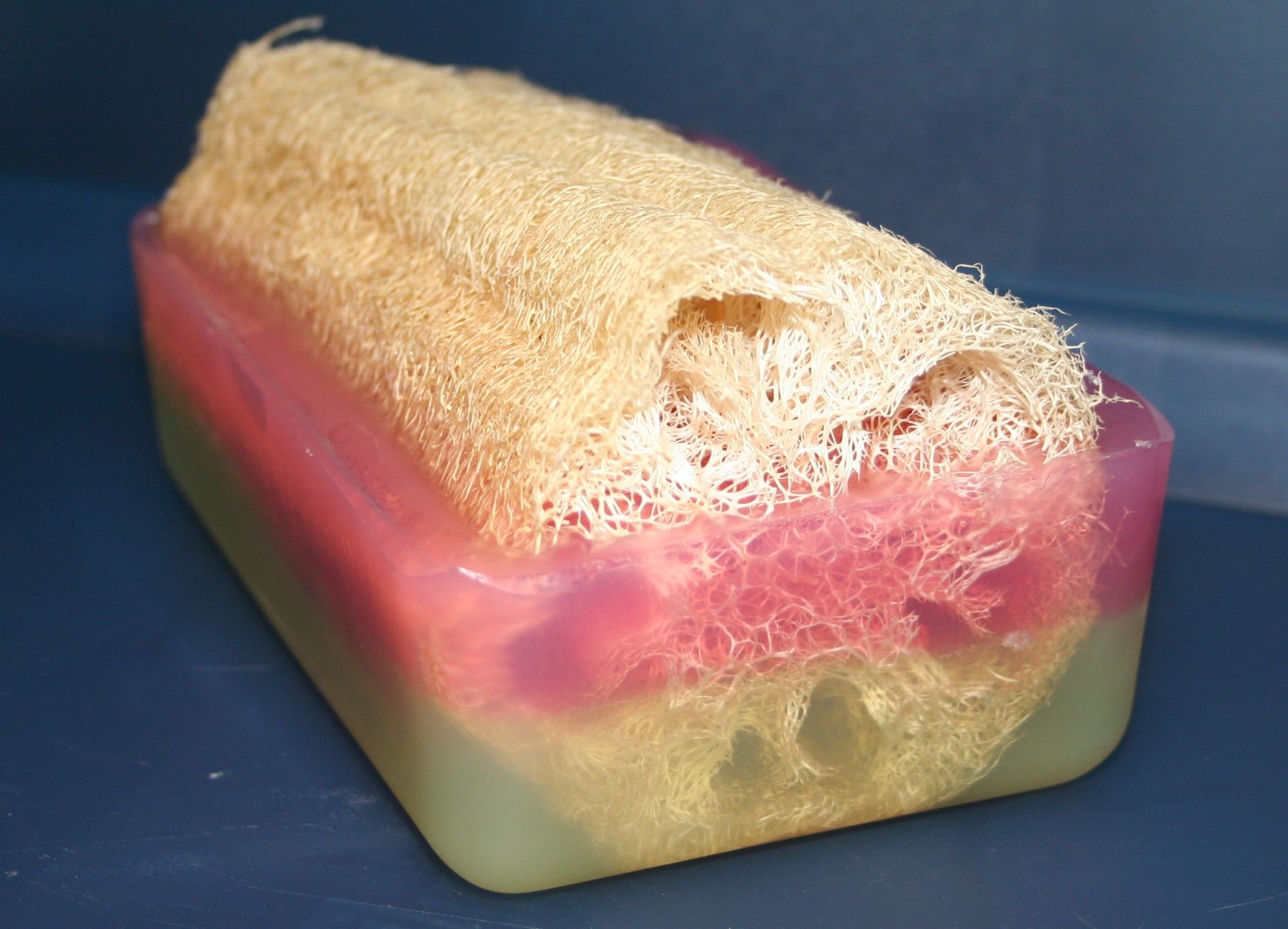
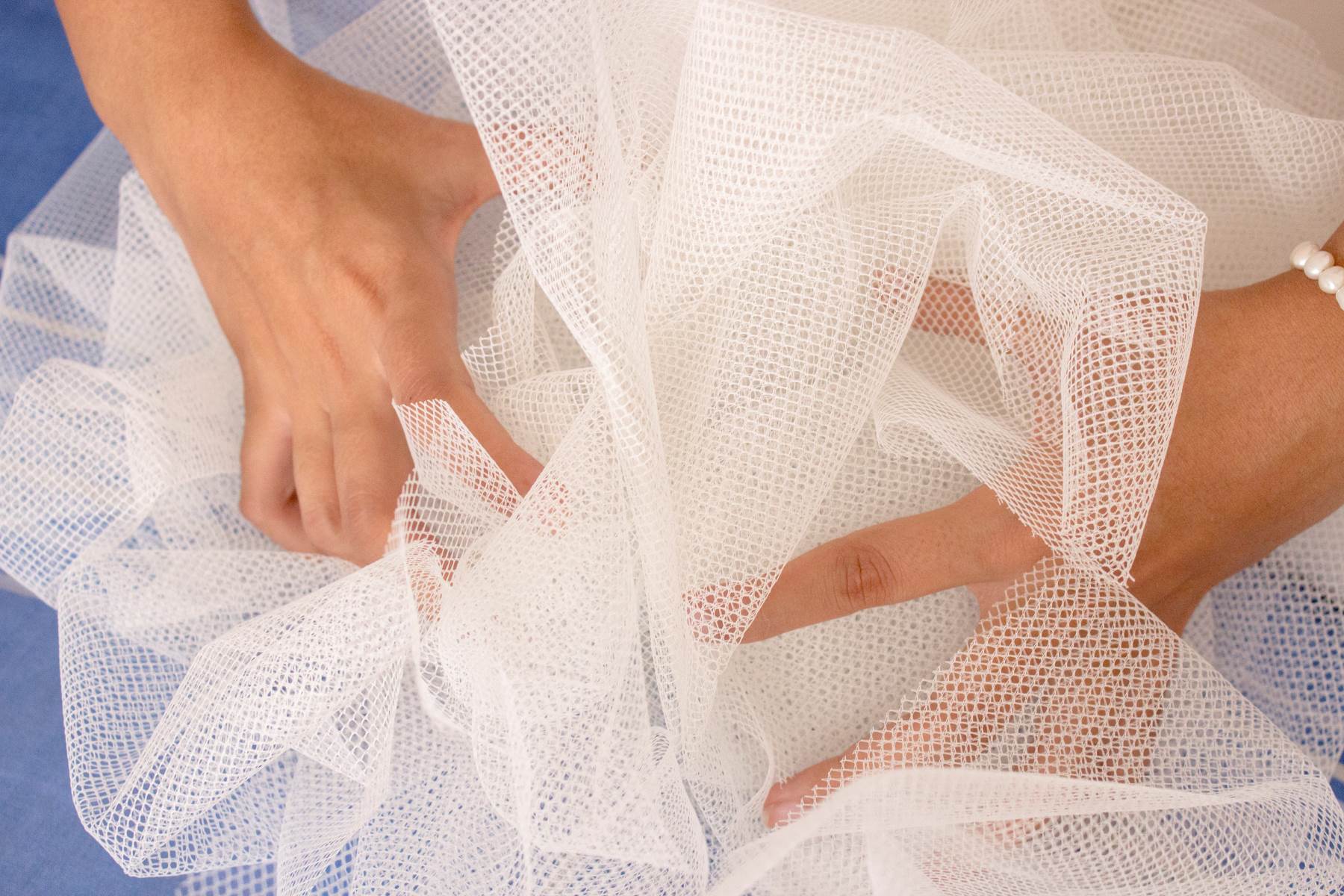
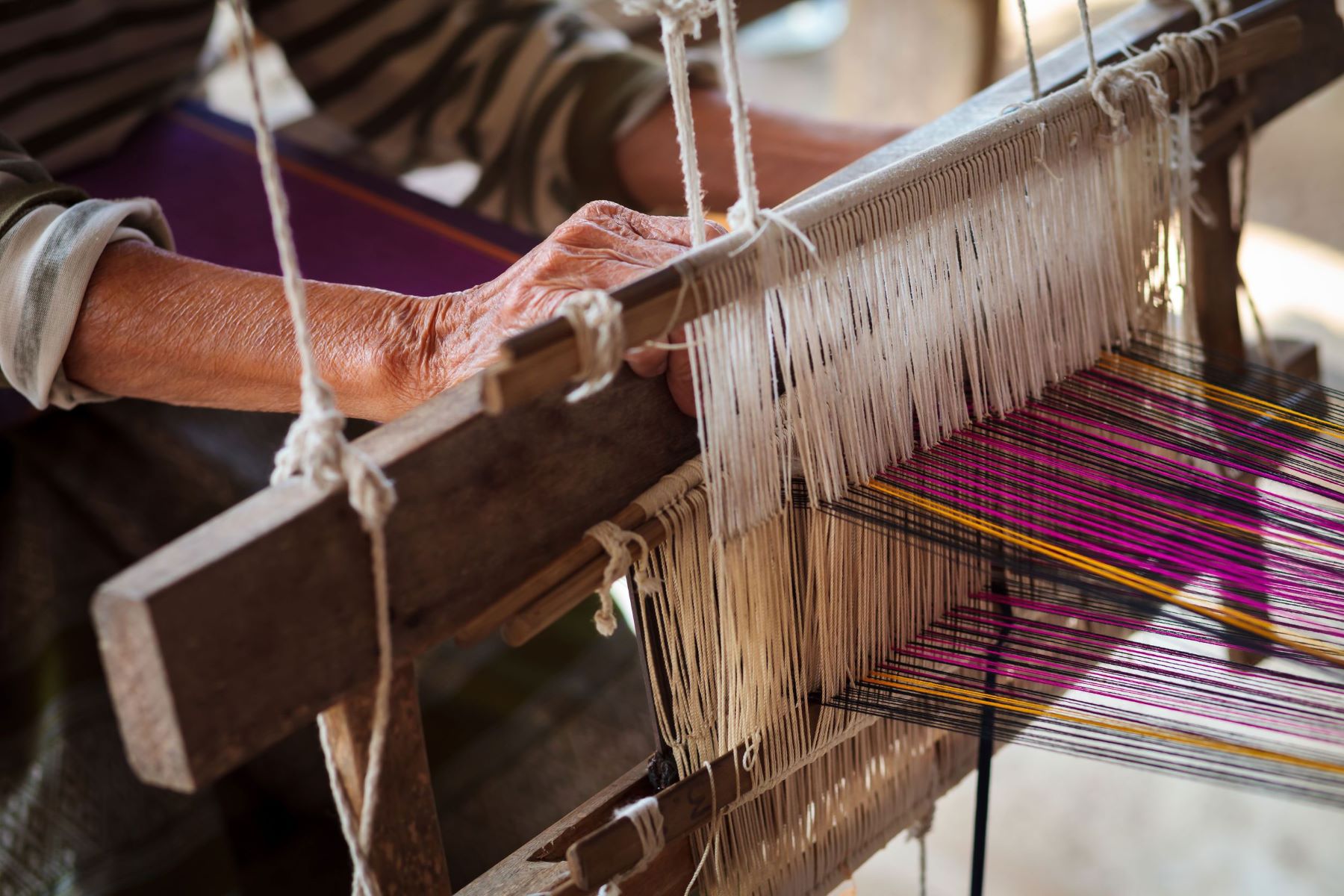
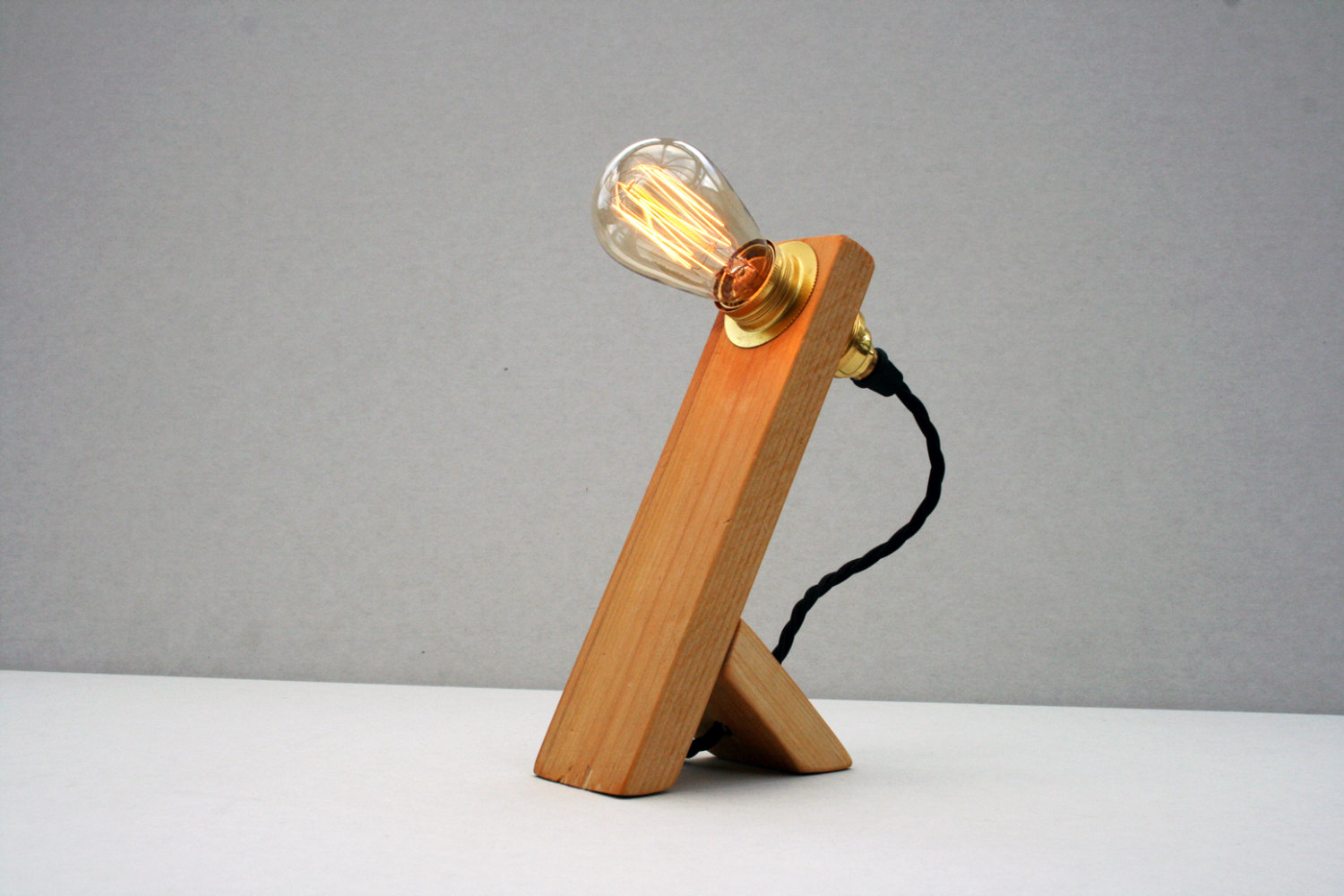
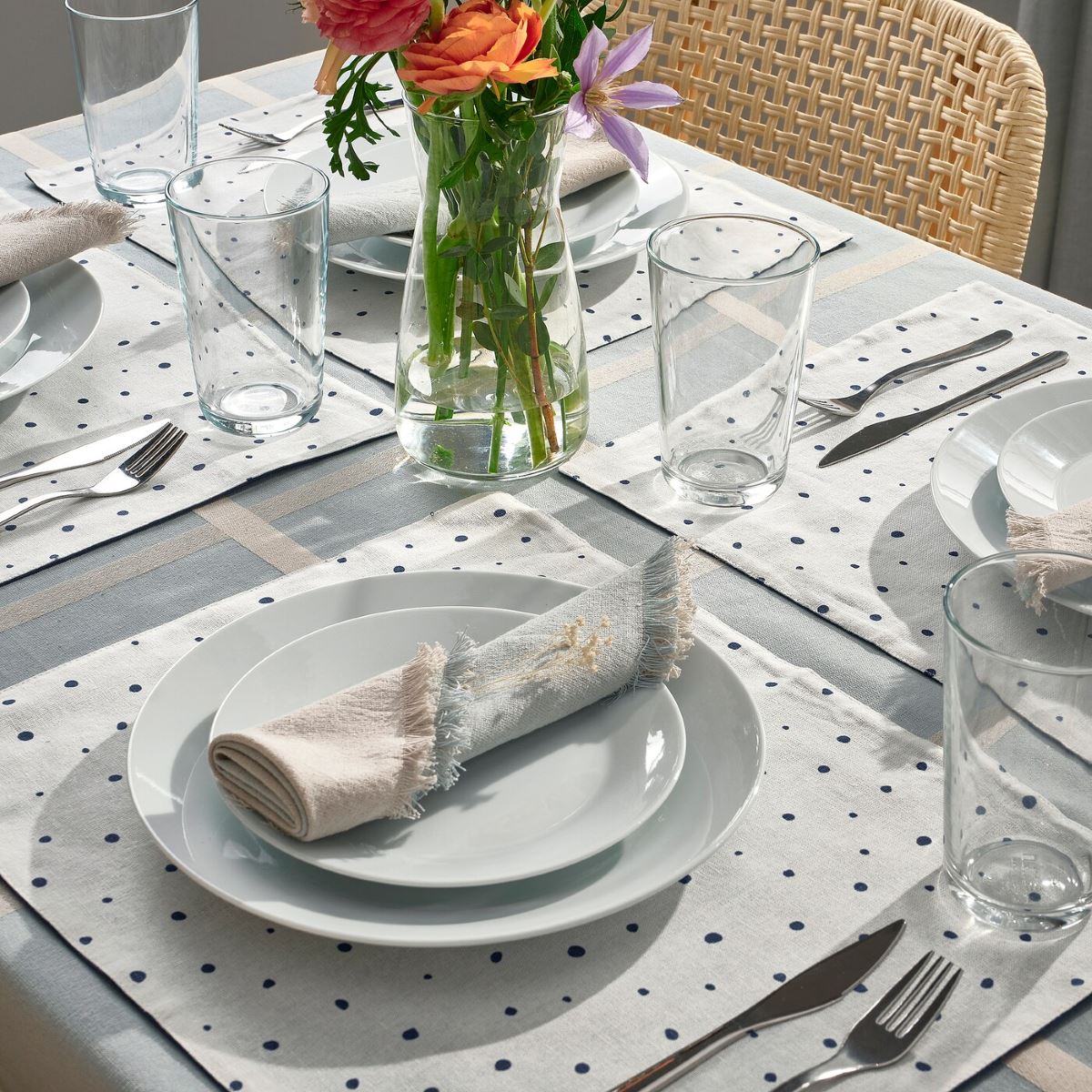
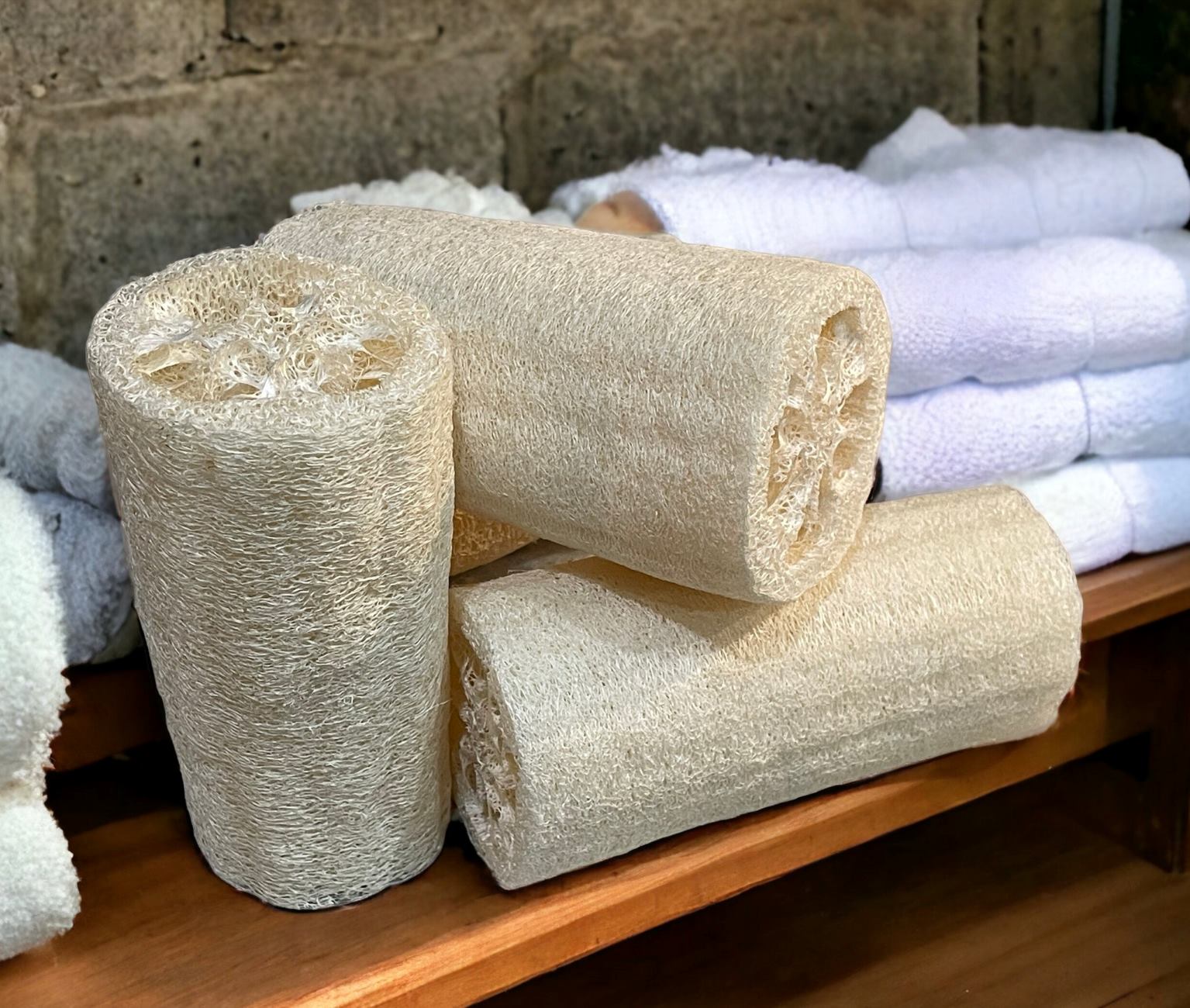
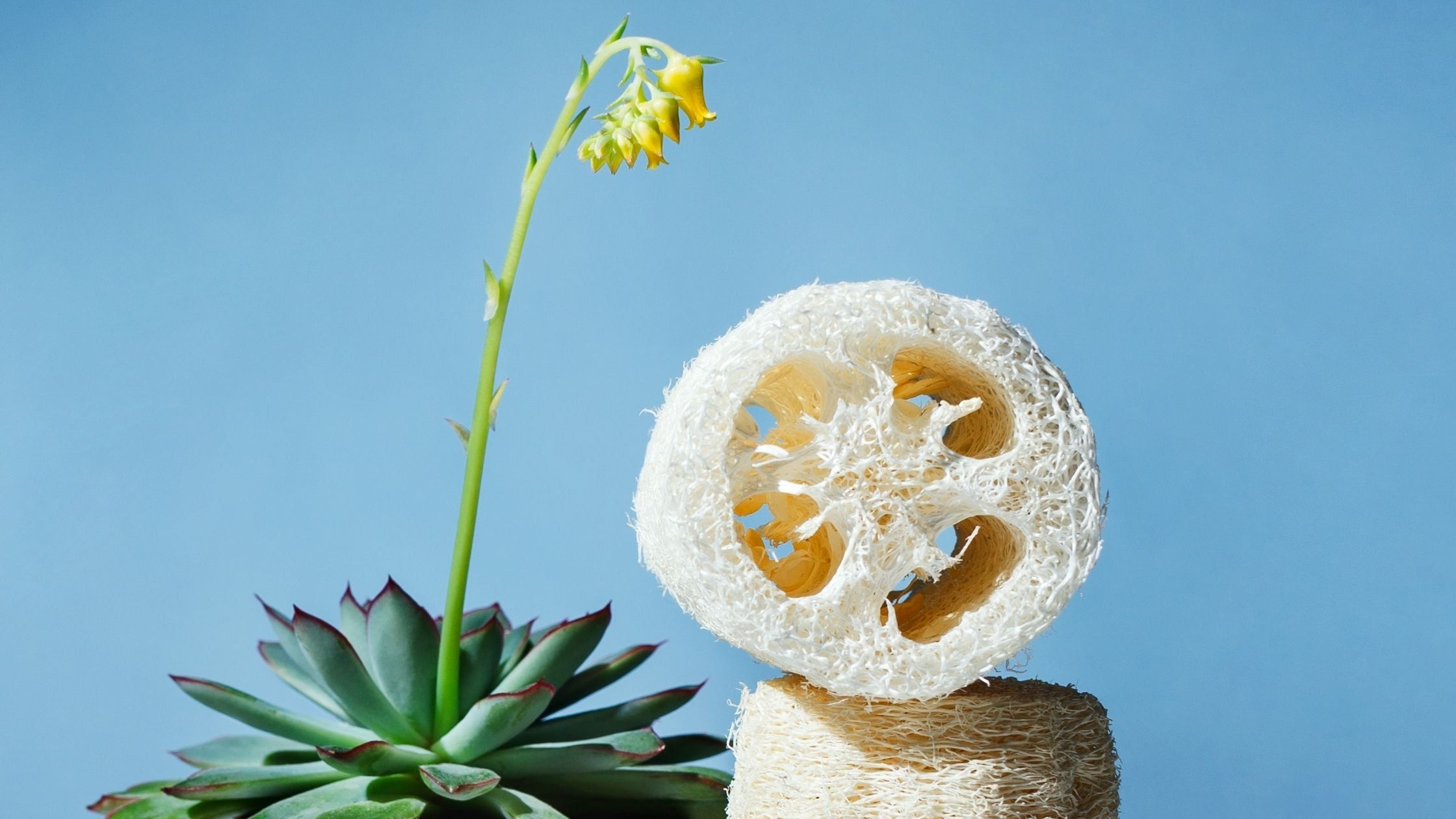
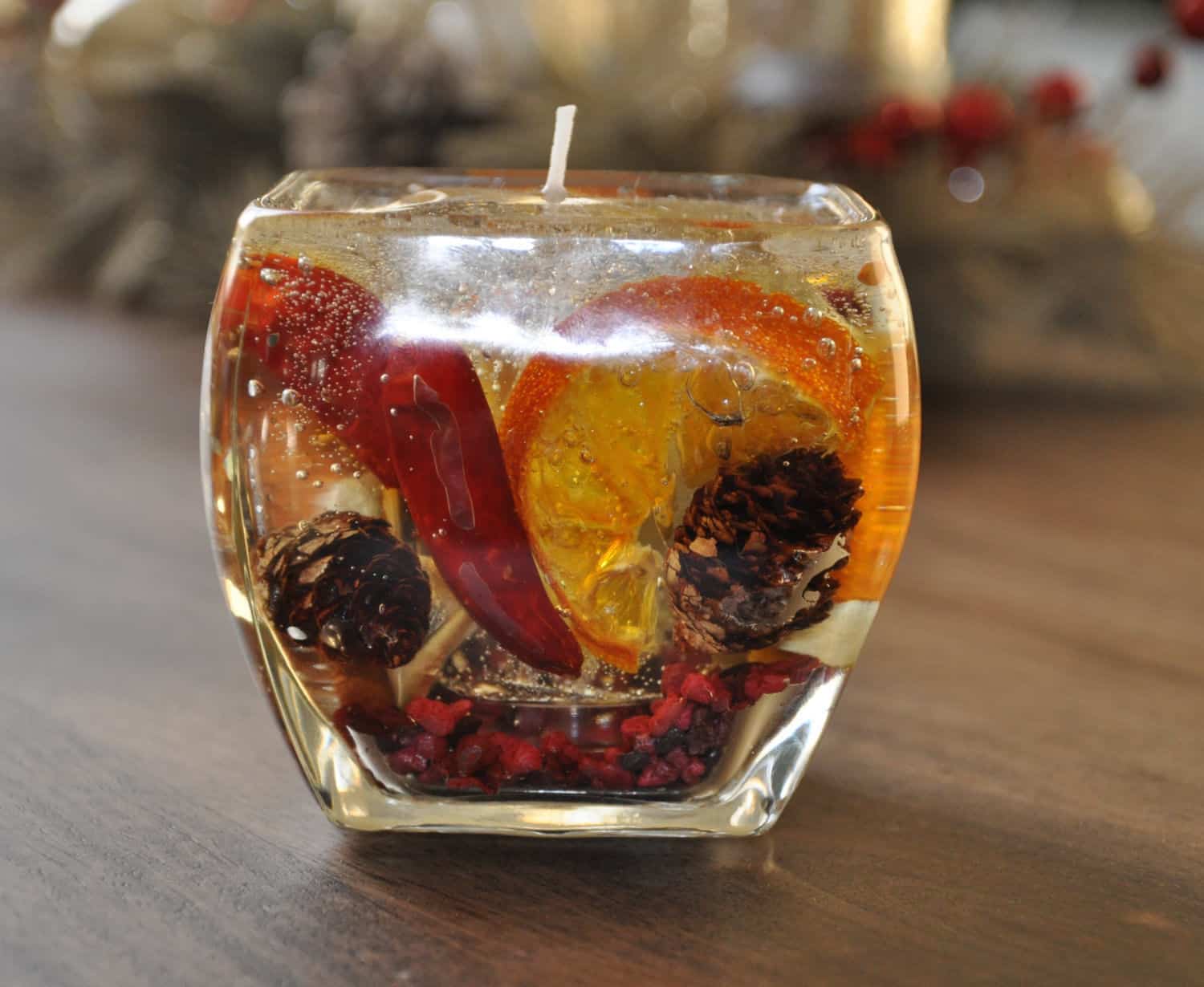


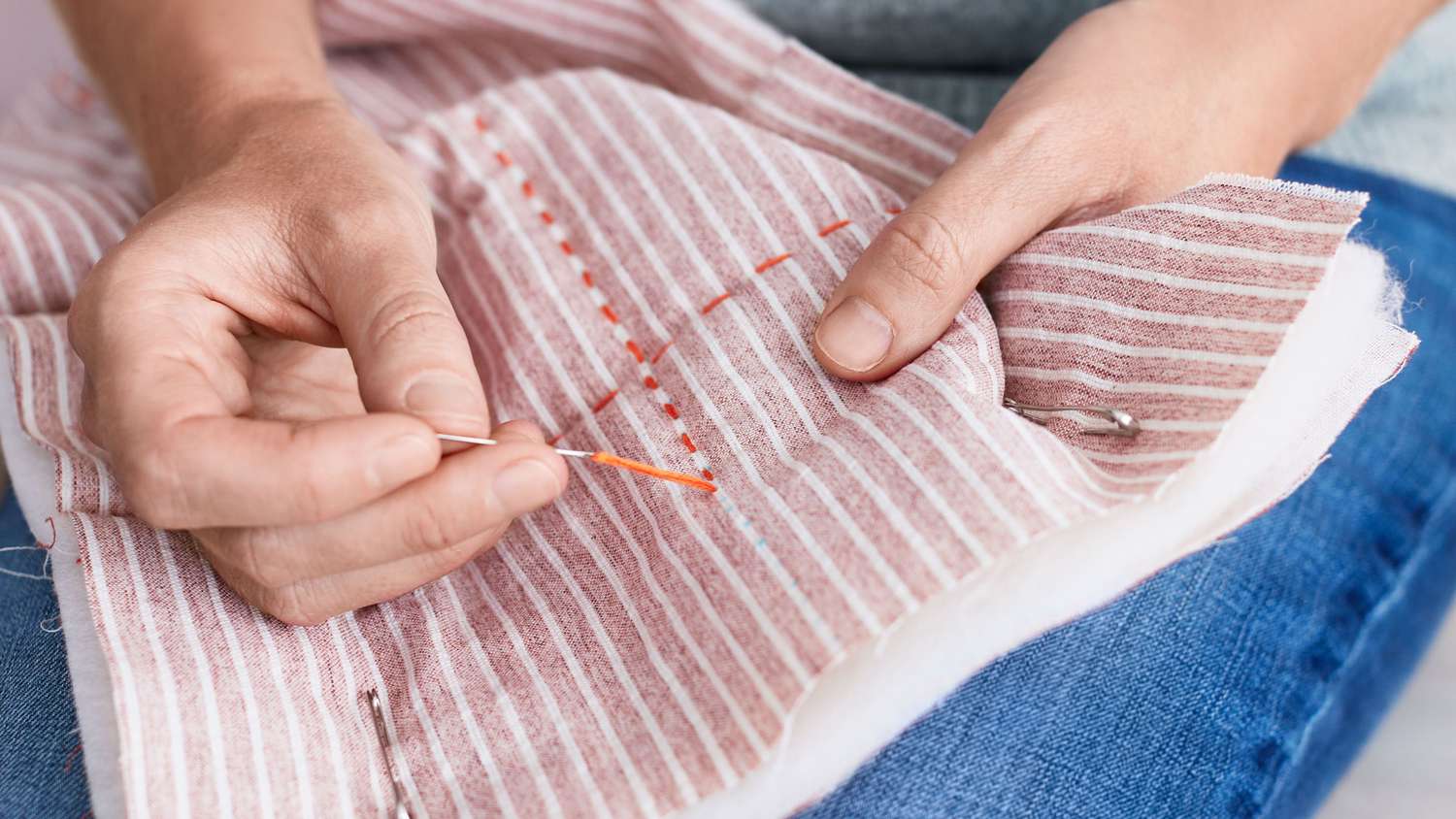
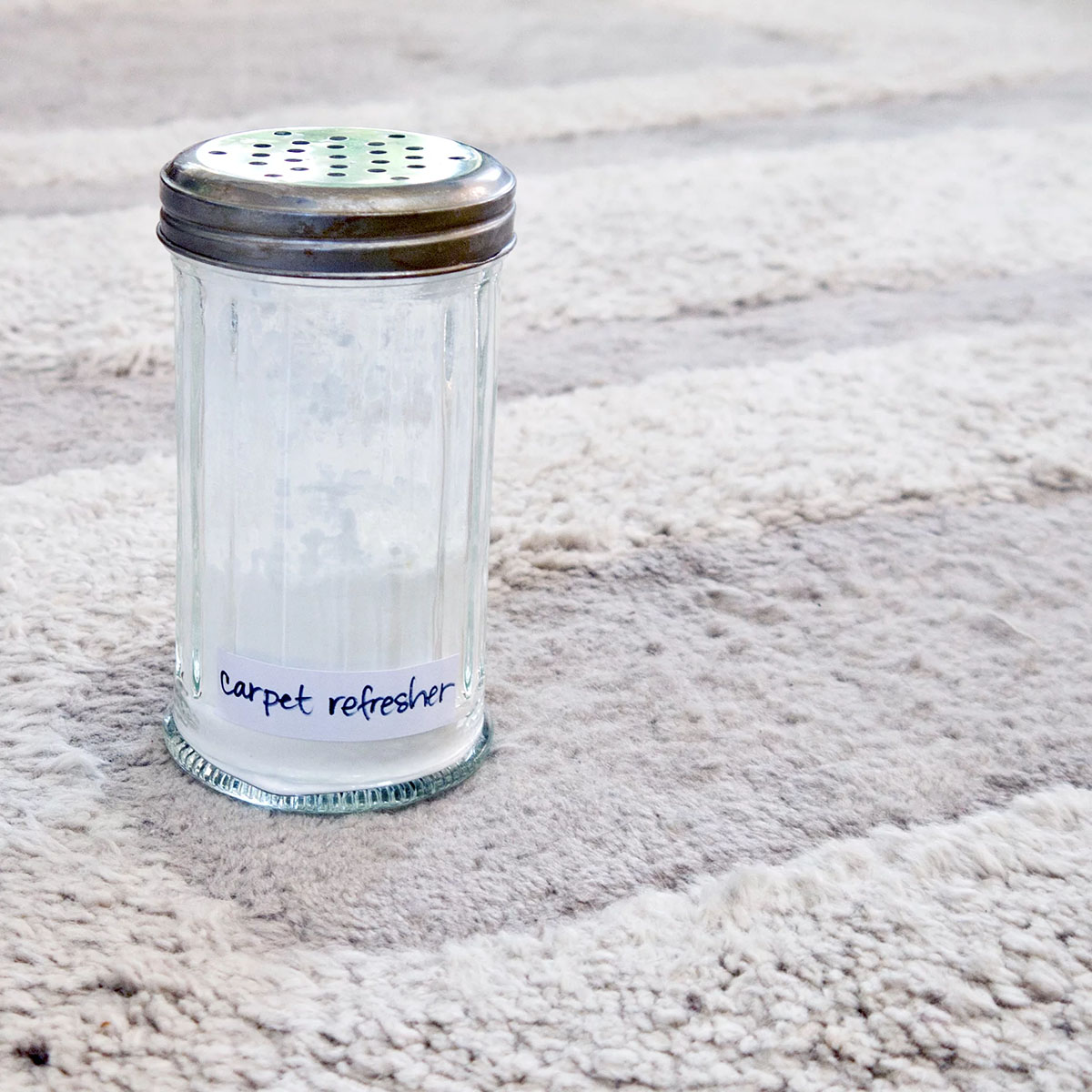

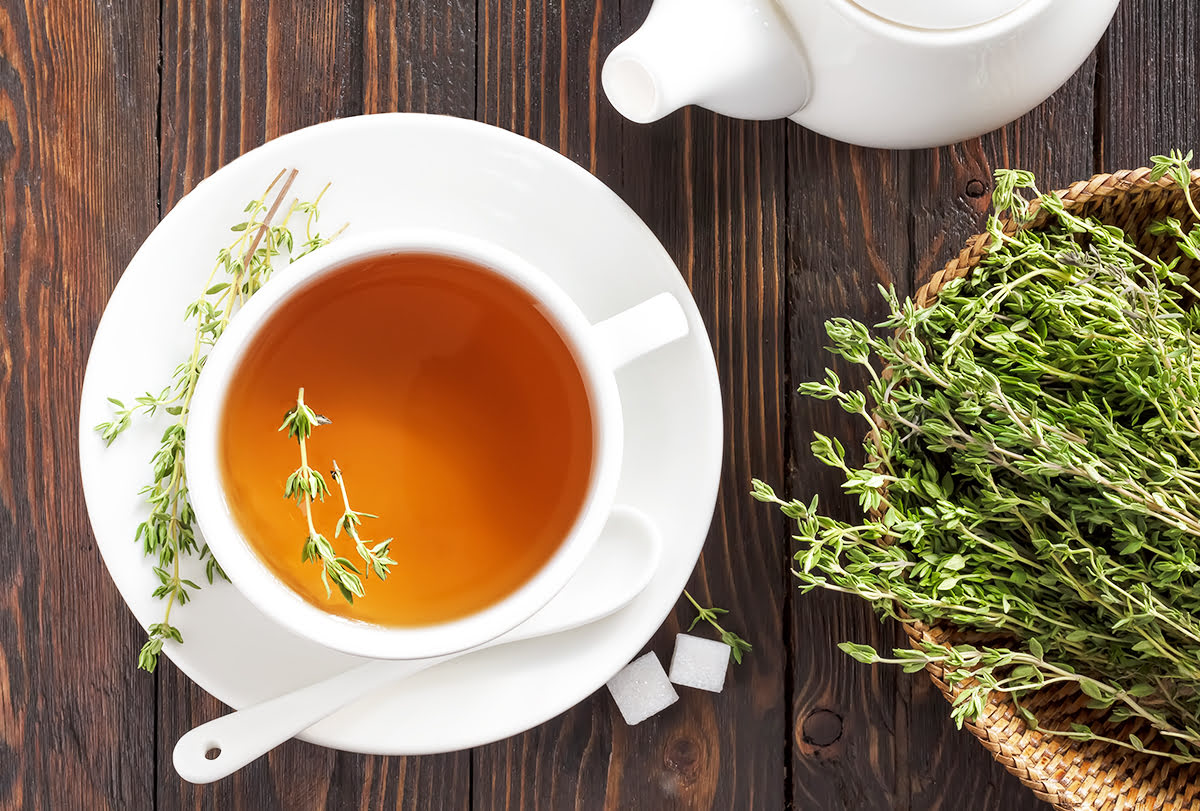

0 thoughts on “How Do You Make A Loofah”